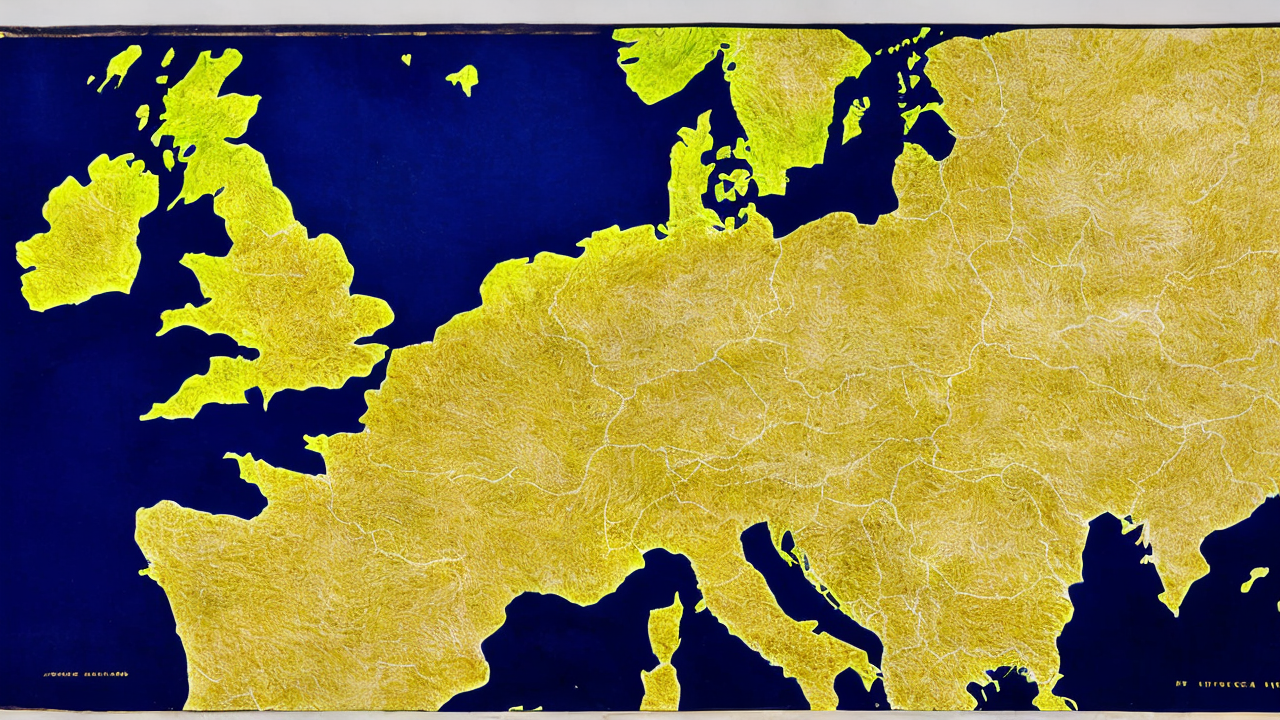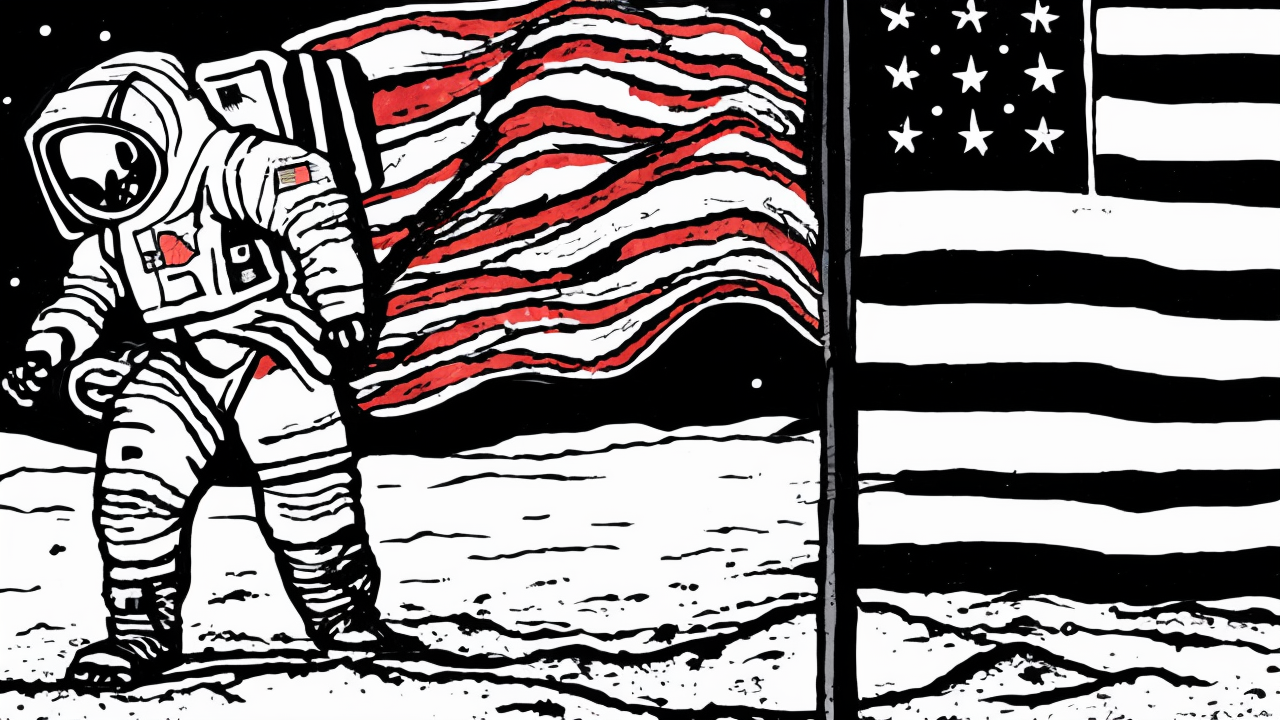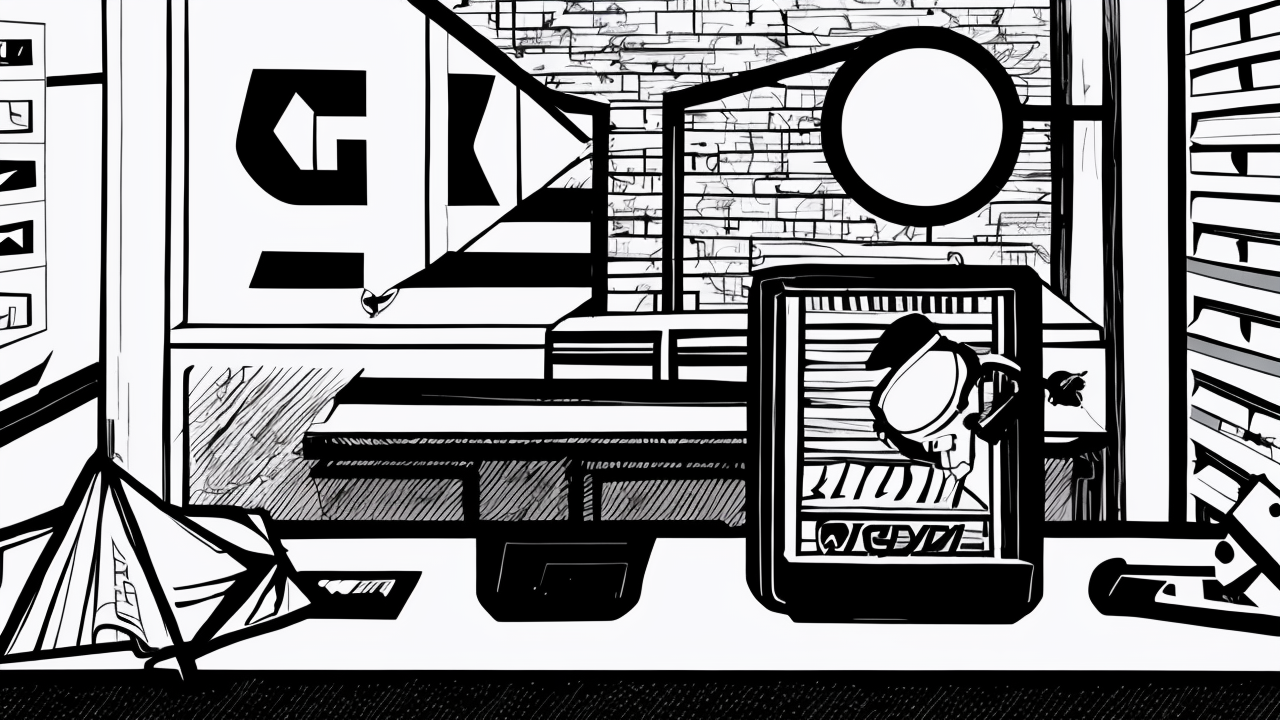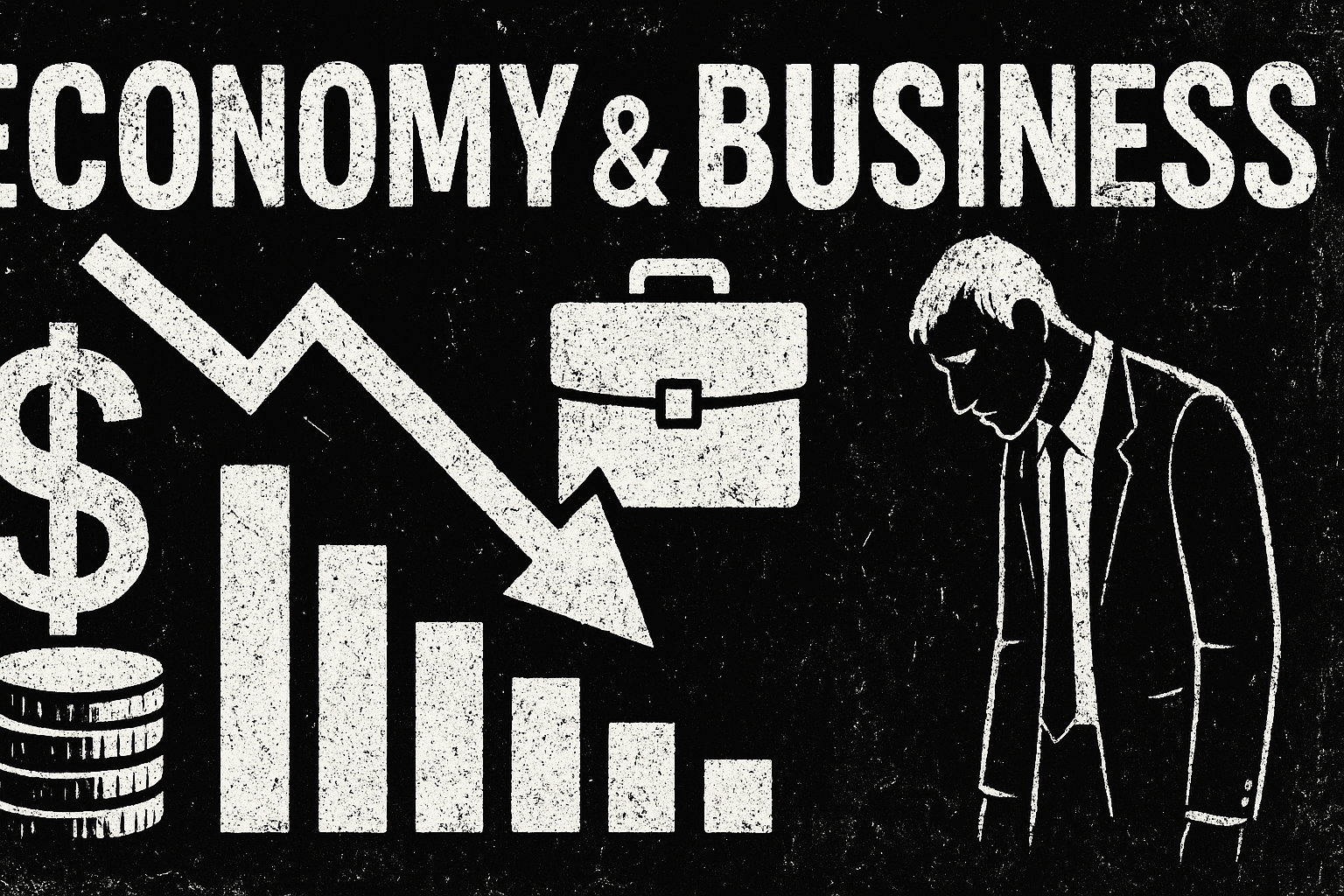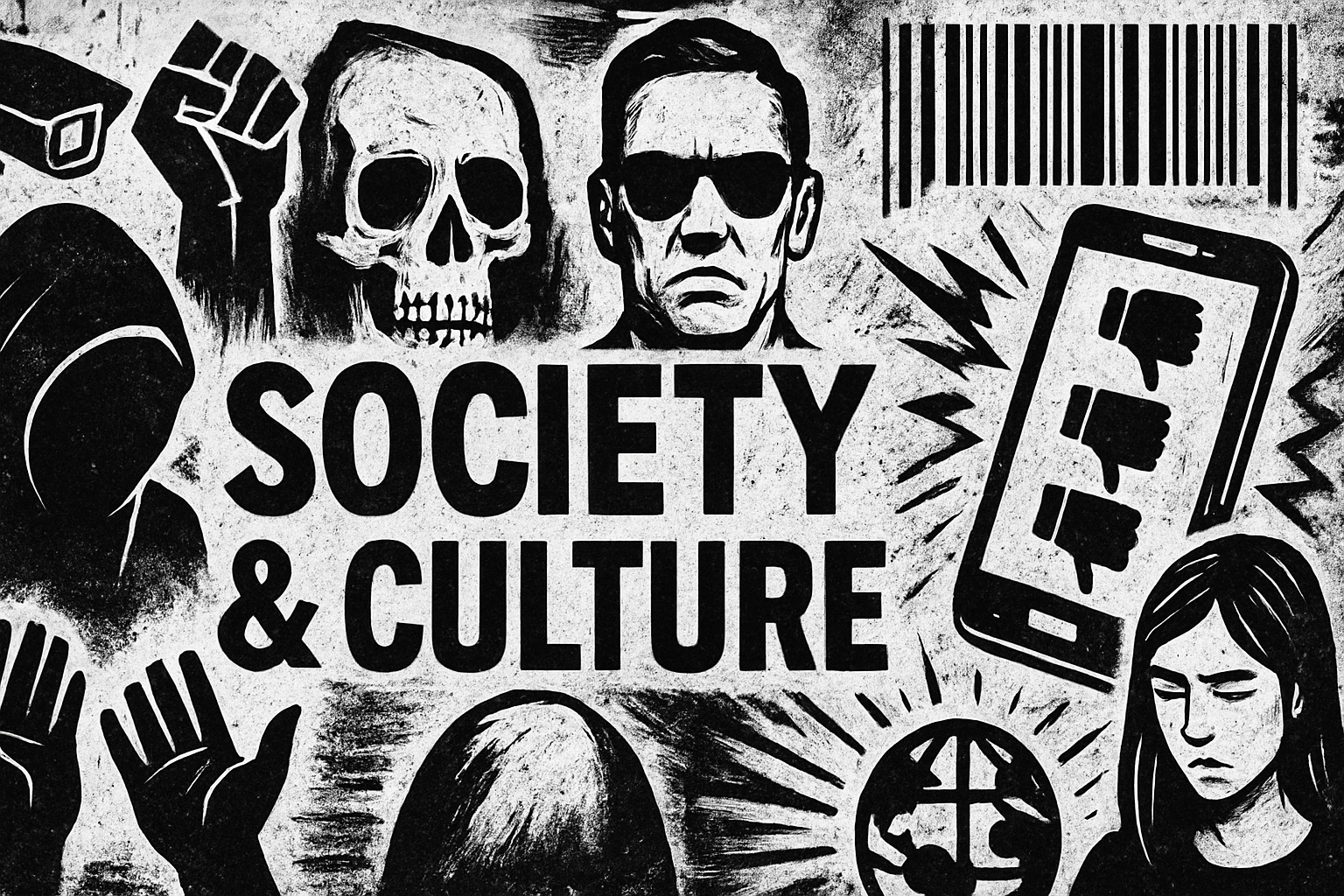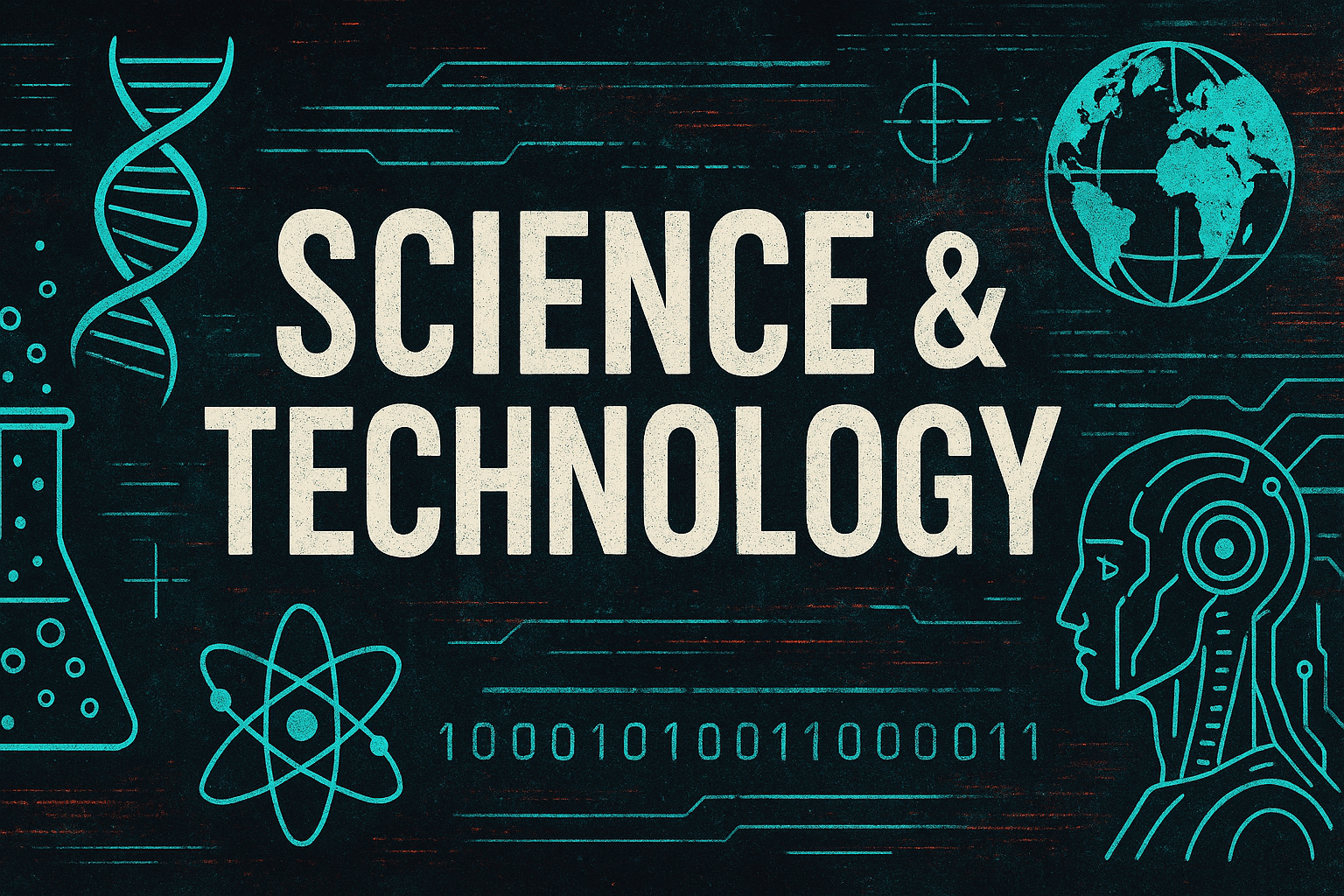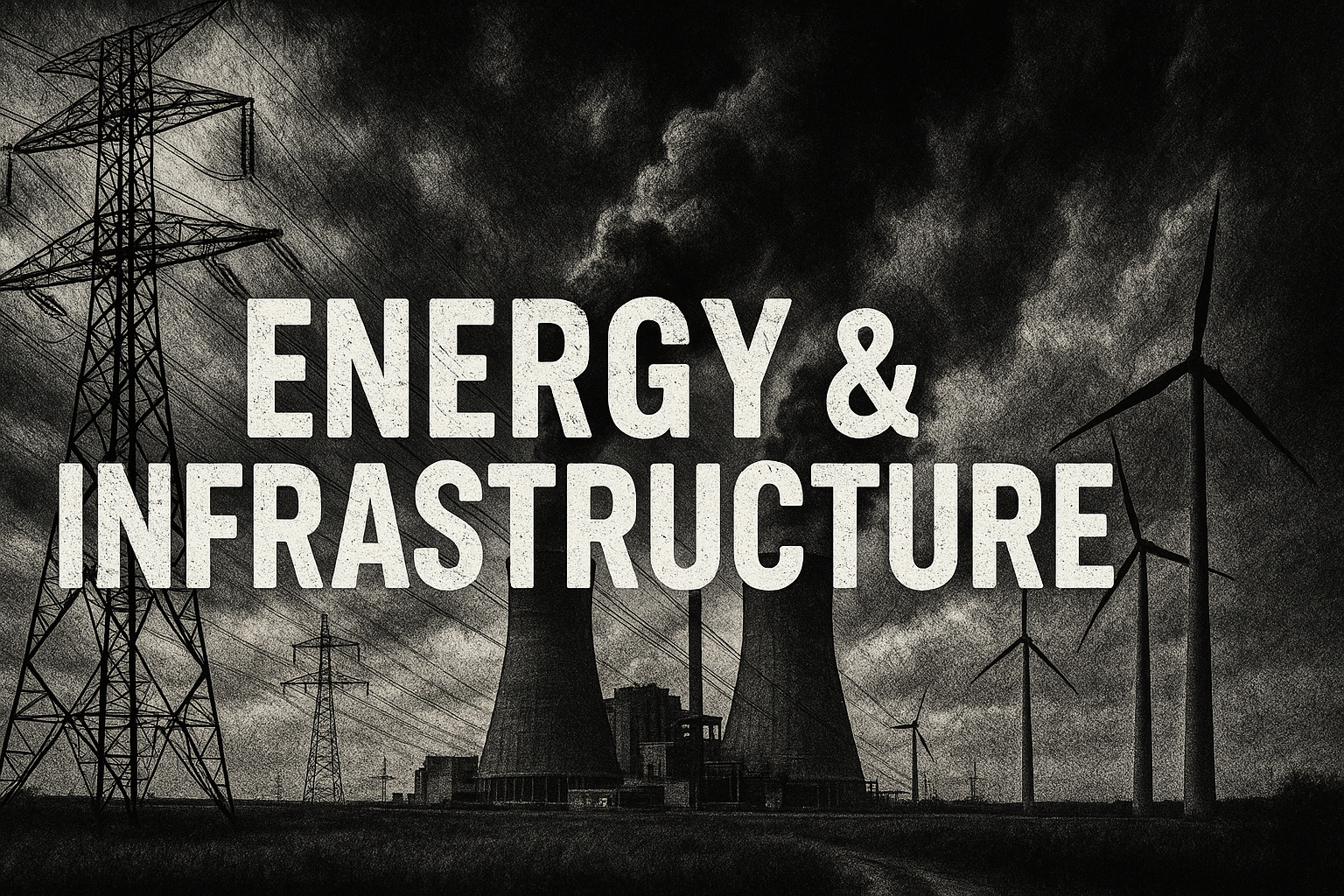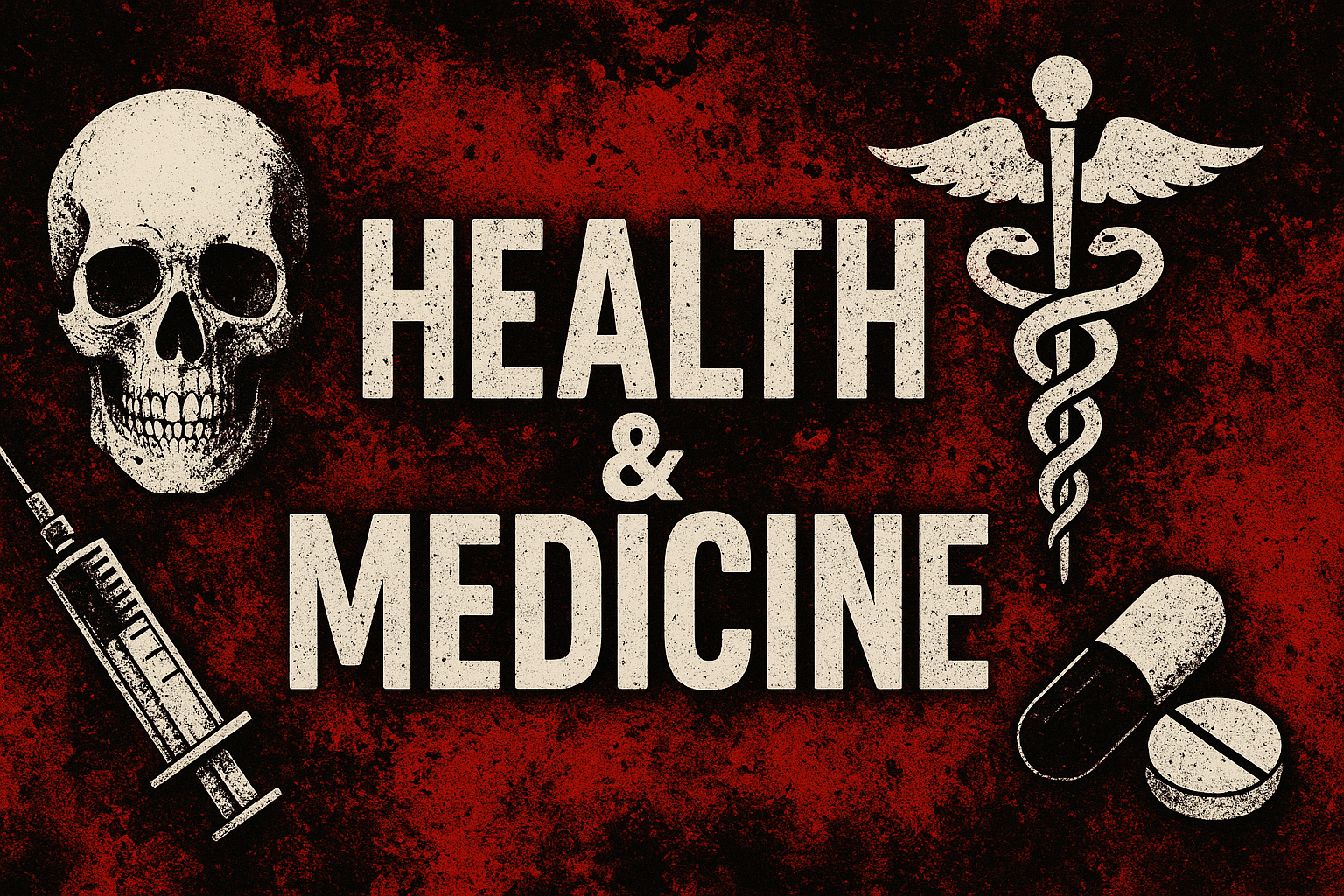AI and the Dual Threat of Biological and Chemical Weapons
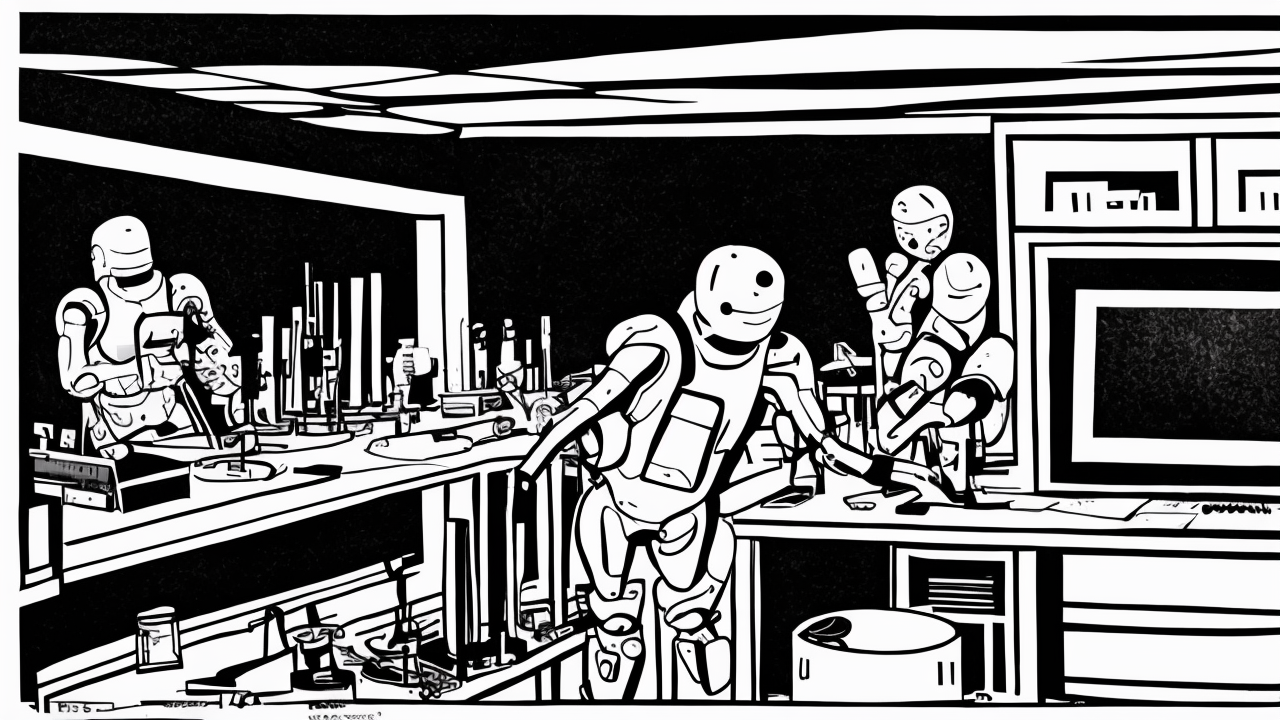
Artificial intelligence (AI) poses a growing threat in the development of biological and chemical weapons, while also offering a potential solution to counteract these dangers. Recent incidents, such as the arrest of Chinese nationals attempting to smuggle a fungal pathogen into the U.S., highlight the rising risk of AI-enabled biological and chemical attacks. This pathogen, described as an "agroterrorism weapon," could have devastated American grain farms and disrupted the food supply.
The U.S. has faced similar threats in the past, including the 2001 anthrax attacks and the global impact of COVID-19, which many suspect originated from a lab leak in Wuhan. AI exacerbates these risks, as demonstrated by an AI system that generated 40,000 new chemical weapons in six hours in 2022. Experts warn that AI could spark the next pandemic or serve as a tool for terrorists.
However, AI also holds the key to preventing and mitigating these threats. Private companies like Renovaro and OpenAI are developing tools to detect and counter biological and chemical threats. New coding can prevent AI from generating recipes for weapons of mass destruction, while AI-driven solutions can develop antidotes to pathogens within days, far faster than traditional methods.
The U.S. government has taken steps to address these risks, including the National Biodefense Strategy launched in 2018 and military actions against countries using biological weapons. Yet, as AI continues to evolve, traditional tools are insufficient. To protect against the next wave of threats, the U.S. must harness AI's power to create a "biological golden dome," safeguarding the nation from unseen dangers.
Published: 8/16/2025


